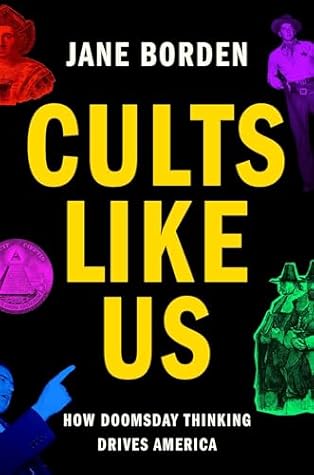The researchers hoped to understand why some citizens helped victims of the Nazi pogrom and others did not. But the case studies fit no demographic patterns. Helpers were young and old, rich and poor, male and female, religious and atheist, educated and illiterate, urbanites and rural, and held a wide variety of occupations. The sociologists found only one commonality: everyone who helped had a prior, close relationship with someone of Jewish descent, for example a neighbor, colleague, playmate, or stepparent.1 Familiarity mitigates hate.
Welcome back. Just a moment while we sign you in to your Goodreads account.


